Prince George
We reach the northern capital: Prince
George
Getting up, having coffee and
breakfast, making everything ready and we are on the road again: we slowly
establish a routine. Today was a bit different because when Paul was tying the
chains one of the screws was totally worn out (guess it is getting old). We are
heading north to Prince George in sunshine. Then a couple tells us to stop as
our ladder is still on the back: we learned two things that our holding
mechanism is really good as well it is very sturdy. That means we know where
our first stop in town will be. Before reaching PG we did checked out two RV
parks – but then decided that they really don’t blow our mind when you think
what you pay and our decision was made it’s Walmart parking lot tonight.
Some cool facts about Prince George:
- It is the unofficial northern capital of BC with a population of 74.000 – the largest city in the upper 4/5th of BC
- It is the geographic heart of BC
- It is the basecamp to the north: Adventure is calling and it is pointing north
- Around here ist he most heaviest logged area and it became a major logging, sawmill and pulpmill town – and became the “Spruce capital of the world” (by the way the 1st Spruce was cut by Simon Fraser)
- In 1807 Simon Fraser built a Fort and named it after Prince George III
- After WWII a new army camp of 6000 soldiers came and wanted service and as the international demand for lumber grew so did Prince George and in 1981 it was BC’s 2nd largest city (by the way today it is not under the top ten anymore)
- We are so far north that from Sep to March you are able to see the Northern lights
Repairs at the camper
Our first stop was at Canadian tire:
we repaired our steps and then found a new chain-tie-down part and after a few
minutes all is back in working order. We did hit today actually a lot of stores
as we wanted to get in each one only a few things so our favourites were CT –
Walmart – Costco and Superstore…
Early coffee at Connaught Hill Park
After all that fooling around it is
already after noon – and we decided an early coffee is in order, driving up on
Connaught Hill park – found a parking near a picnic table in the sun and
enjoyed a bit sun time with a coffee. We did walk around the top to check out
the different views. A few things: PG is not that big and the hill is really
not very high (it’s barely a hill). But they made a beautiful little relax
space up here. When we left the sun left too….
BC Railway and Forestry Museum
- PG is the intersection of two historical railways the Grand Trunk Pacific from East Canada to Prince Rupert (it reached PG in 1914) and the Pacific Great Eastern to connect south to north BC (they started to built in 1912 but it was not until 1952 when it reached PG)
- Originally central BC had many small saw and planer mills mostly family oriented.
That is a must for Paul, as he loves
trains, it was kind of cute and outdoors (but they did provide umbrellas) we
took one along, and it helped it didn’t rain – it is actually more a train
museum with a collection of old trains – but you can’t go in too many, still we
had a lot of fun to walk around and check out the machinery, they have over 50
locomotives and even cooler they had a booklet – so even later we can read up
on what we saw.
What we saw of the trains:
- An old 1928 Durant: was the first we discovered, it was discovered in Pieces in a garage in PG and then reassembled
- The 6001 electric engine: once we climbed up we discovered it doesn’t look to complicated to operate – they even had a minifridge and oven in there. Overall only 7 of it’s kind were built in the early 1980s and used in Tumbler Ridge and used for 19 years in Coalmining – they were electric which was good as they went into unventilated tunnels
- Near itwas a 1956 big Workhorse Diesel engine: a Switcher Locomotive (it’s a switcher because it can move in both directions
- Snowplows: we actually saw several ones, once was super old from 1901 the plow was made of wood (only two of those are left in North America): super cool it’s powered by compressed air and the snow plow wings come out on the side to scrape the ice off the track - we also saw some newer ones
- Some cute little locomotives: little motorized vehicles that run on rails used to transport crews
- The Dinner/Bunk or Auxilliary car, it’s from 1935 and kind of cute. Did you know that the auxiliary train crew are works who set up shop along the tracks to clean up after an accident and they lived in those kind of cars: so we saw the bunk beds, the kitchen, showers and sink a small recreation room
- Neshacko coach from 1913 from Pullman was a sleeper car – and then after it burned inside in 1917 it got rebuilt to a business car and in 1976 came to BC as a CV office and then became a VIP reception for the Expo 1986 in Vancouver like Prince Charles and Lady Diana
- Takla Coach: it was a colonist car from 1928 and got in 1971 it was running from PT to Takla (as there were no roads to Takla)
- Caboose from 1913: it was first a box car and then became a caboose in 1956 – and yes Gine climbed up to check out the view from the top. The crew in there was a brakeman and a conductor: the brake man was responsible to communicate with the engineer who was at the front of the train they did it with lanterns and signals. Even better as the brakeman you were responsible for the breaking of the train – and this was doen by walking on the roofs of each cara and turning the brake wheel while the train was in motion – cool job!!
- Steam locomotive from 1907: it could hold 5000 gallons of water
- BCR Auxillary Crane from 1943 was used to clean up derailments it can lift 150 tons and was nicknamed the northern star – it only retired in 2007
- Endeavour coach: it has a kitchen and diner and in the back bedrooms as well a power generator it was originally built in 1927. In 1976 it was used as a part of the American Freedom Train to celebrate the USA’s bicentennial, it then got bought by BC and got the name Endeavour to tour BC
- The Penny Station: is an old train station from 1914 from the Grand Trunk Pacific: originally it was built in Lindup and then the whole station got moved to Penny: Did you know that stations have types? This is a Type E and BC has only 3 of those left.
- Railway gardens: in case you wonder what the purpose is it was to draw people to the West, it was meant to encourage pioneers to explore the Canadian Paradise because it showed how fertile the soil is, during WWII they got converted into Vegetable gardens
- Turntable: from 1913 for the roundhouse in PG it can carry up 394.000 tonnes – it got dynamited from his foundation in 1984 and then brought to the museum
And what weird machinery did we see
from the forestry section – I do have to say if someone would show me a machine
and ask me what it is I wouldn’t know but it is still cool to read about them
and learn a bit about it – as forestry is such a huge part in our province –
they definitely make for some cool pictures – especially the super cool trucks
in between.
- Chain saws: in one of the buildings they had a lot (I mean a lot) of chain saws – some of them as I never saw which has a holding on the other side as you need to people to hold it. – the oldest saw is from 1938 and some even have a horizontal blade so that it was easier to saw through a tree – by the way those old ones had no safeguards and especially the one for two people, led to a lot of injuries.
- Log stacker: from 1956 – it was the first machine of its kind in PG and they are used to unload logs from trucks and stack them in the mill yard (I may should mention here, that when you drive along here you can see gigantic yards full of lumber)
- Yarder: are used to move logs through lifting cables into the air and suspend the lof of the ground (by the way the one here was used on Vancouver Island)
- Steam Crane from 1913: a boiler makes steam and that lowers and raises the crane’s boom and it can then lift 100 tonnes
- Arch logging truck from 1943 they drag bundles of logs out of the bush to mill sites: it has six wheels and can on steep muddy and uneven roads in the bush (By the way this Mack truck was originally built to haul artillery field gunsin Italy during WWII
- Cone Rake: reforestation is an important part of forestry – this thing collects cones which drop during falling or sometimes are done with aerial cone rakes: this one got suspended from a helicopter and lowered onto the top of trees and then the blades on the cone cut branches so they can collect the cones for reforesting
- Bandsaw and Gangsaw: the bandsaw used from 1934-74, is used to cut round logs into square timbers and the german gang saw from 1950 cut the square timber created by the bandsaw (quite comblicated – and lets not forget that they produce a lot of saw dust)
- Beehive burner: ok as per Gine that is the most stupid thing!!! They say that a lot of waste wood accumulates in sawmills and planers and the burners were made to burn the waste wood – it looks like a gigantic beehive is 14.2 m high and was first erected here in PG in 1979 – they produce a lot of ash and smoke (yes they are air polluters) and in 1997 an environmental management act was enacted – so now you need a permit to burn wood waste – but BC still has 33 burning facilities. Now my question is – why can’t they use that wood to heat up something and use it for something useful??? Oh and in case you wonder what waste wood is: all wood which was not suitable for lumber or pulp
- Steam Donkey: we saw several of those before in our area, but they were used to transport lumber in BC in the early 1900s: it pulls the logs out of the bush: a steel cable cable was attached to the log and the then pulled with a steam powered winch – so you needed 3 people to run it: a puncher who operated the throttle and brake, the wood buck who stiked the firepx and a whistle punk who communicated with the men loading the logs.
- Jordan Spreader from 1919 it can spread ballast along the tracks – but after a while it also did some snow removal or cleaning the brush
- Rumley Tractor from 1921, it s a very rare but powerful tractor – it got its name from the cooling system which is oil filled – the oil is pumped through the engine and cooled in a large box
Before we left Gine went through the
Silk painting exhibition – totally different then a normal picture but super
nice looking.
We spend time with Shaw open
As we thought that it is not that hot
we put on long pants for the museum – but it didn’t rain and was quiet humid
and warm and now we had enough – lots of citying today. We decided we need
downtown and with our Shaw open app we found a spot for shaw open set up our
laptops also for shaw open and finally could go on the internet (with more than
only the phone). That means Gine could start her travelblog.
With other campers in the Walmart
Parking lot
After supper and yes Paul decided for
all the trouble with the internet set up he deserves a donut we picked up
donuts until we were with all the other RV’s in the Walmart parking lot for the
night.
Today we explore PG’s Parks:
River View at the Paddlewheel park
This was a not planned stop, as we turned
here and came by the park and seeing the river Gine said we have to stop and
look at the Fraser River: that is what we did.
The cemetery at Lheidi Tenneh Park
- In this area lived the Lheidi T’enneh First Nations: they made the first contact with the Europeans when Alexander McKenzie canoed past here in 1793
- Lheidi means “where the two river flow together” – here the Nechako and the Fraser meet and Tenneh means the people
- The Catholic Church convinced the indigenous people to sell – all what is left today is part of the original burial ground – the Lheidi at that time relocated 15 Miles north from here
Here in this park is an old burial
site or now ta cemetery. Again this mighty Fraser River – we followed a bit
along the path and then went through the Lheidi Tenneh Cemetery: where Gine
thought it is very interesting to see the weird writing on some of the
gravestones. Back at the Parking lot is the old Fort George Train station: they
have in summer here a little train running from 1912 which burns half a cord of
wood a day: volunteers laid the tracks here and for the little train called
“the prince.
Near it is a one room school house
from 1910 and was the 1st in PG: in the 1st year already
29 kids came.
As we continued on, we had to quickly
turn and check out a 1976 green Mercury car – which Paul really liked (but then
we can’t take it with us north). By the way in the old days this was the Fort
George Park – as here was the original Fort Georg when Simon Fraser came.
Cliff views from LC Gunn Park
The next park was on the other side of
the Fraser River and after a short walk through the forest we came to the top
of the cliffs for a wonderful view of the River, the little hill and PG – it
was a super nice view – later Gine read that if you bring bug spray you will
enjoy it more.
Carvings at the Cottonwood Park
Gine read in a little booklet about
the wood carvings in the trees done by the local artist Elmer Gunderson and
even had a map with dots where to find them and so we went on the hunt: over a
cute little wooden bridge onto Cottonwood Island and we searched for those
amazing carvings, some were fairly old and looked as grey as the wood and some
were newer: some were faces, dugs, a bird, little houses – it was so super
amazing ….. But we couldn’t do all as
the sign already warned us, that the trail is flooded, but we could go all the
way to the River and we did find and admired a lot of them. At the River we had
some more amazing river views.
A Moose at West Lake
Next stop was West Lake PP and as we
pull into the parking lot, Gine sees a Moose who wonders around, that was so
super cool. We had a coffee and the plan was to enjoy the sunshine. After we
switched into our swim suits the clouds came – we did take our chairs down to
the lake and enjoyed the view – walked along the lake, but then decided it is
not warm enough to be on the lake so we have a change in plan and will continue
on….. as the next adventure is right around the corner.

 Prince George, British Columbia, Canada
Prince George, British Columbia, Canada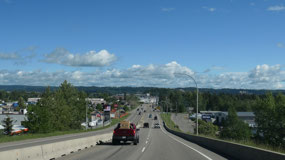
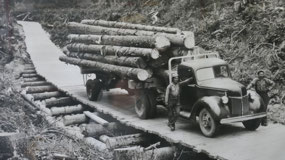
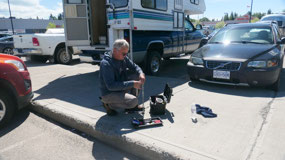
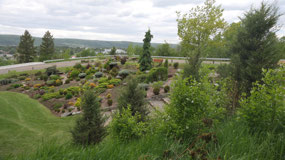
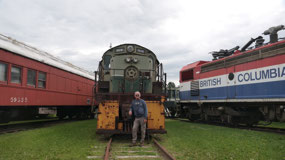
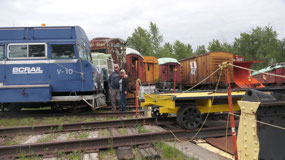
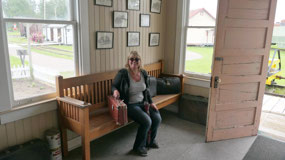
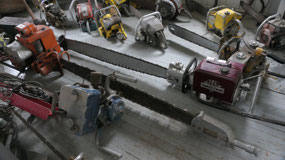
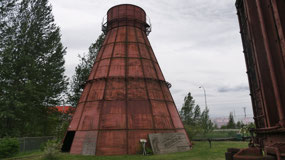
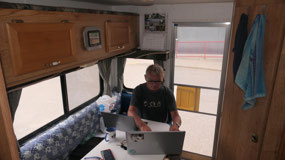
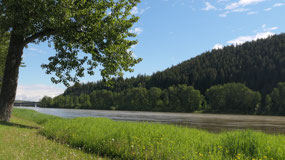
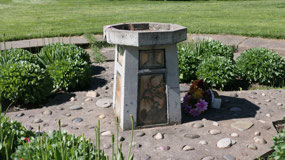
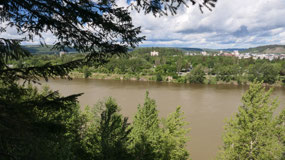
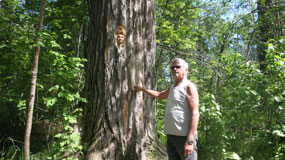
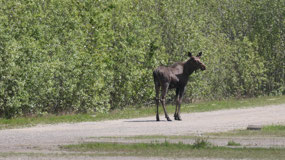


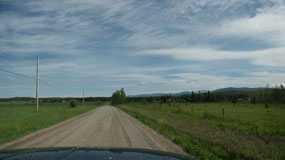
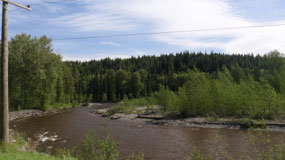
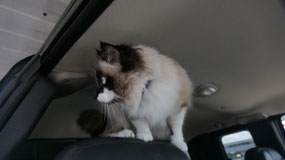
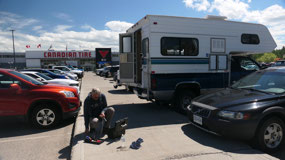
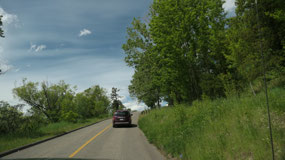
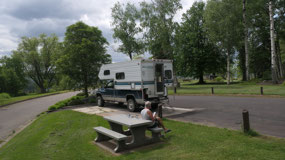
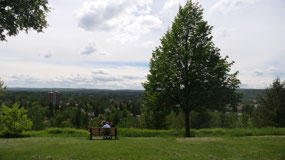

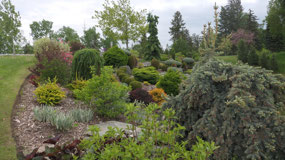
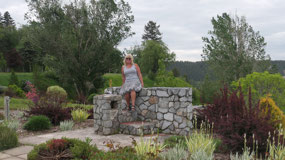

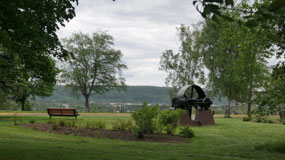
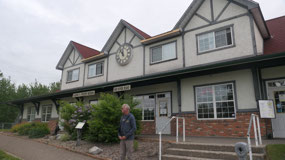
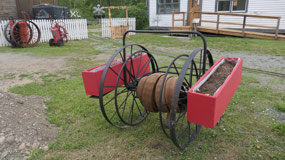
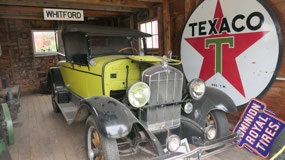
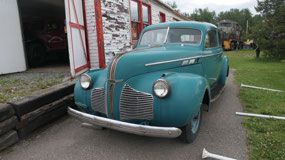
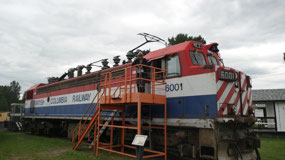
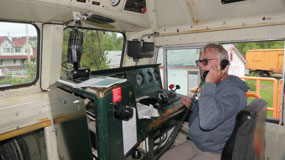
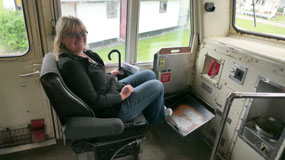
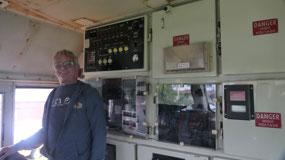
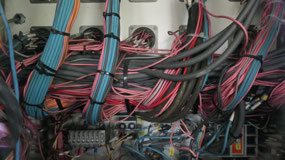
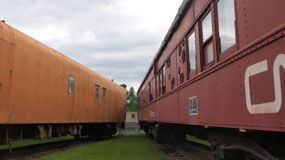
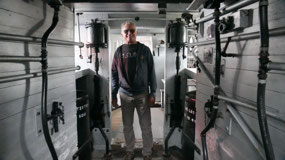
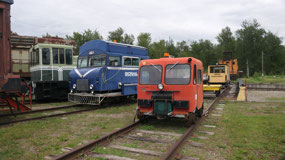
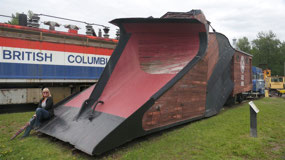
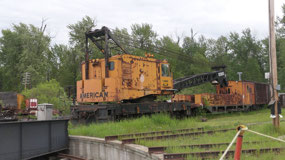
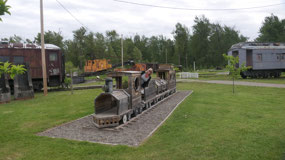
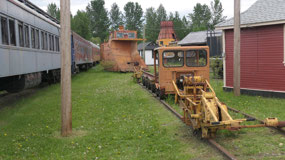
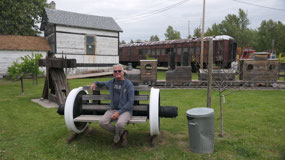
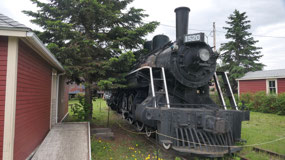

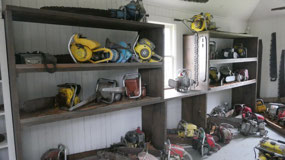
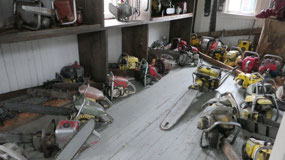
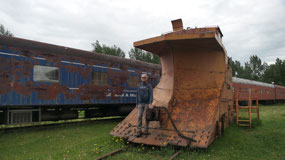
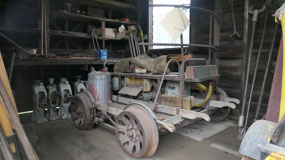
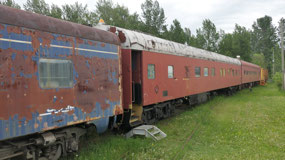
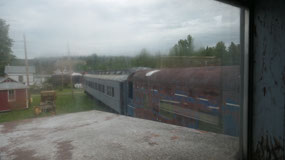

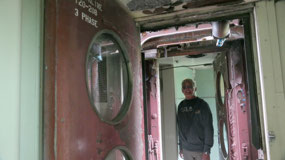

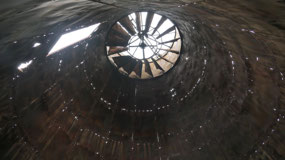
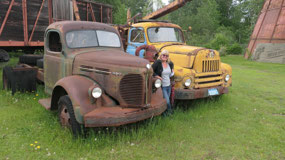
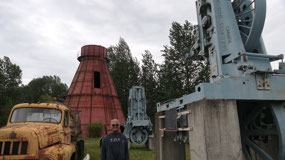
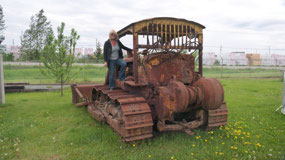
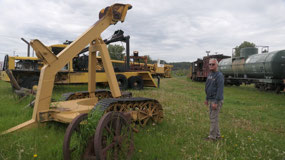
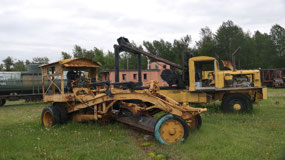
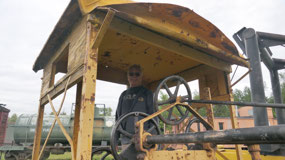
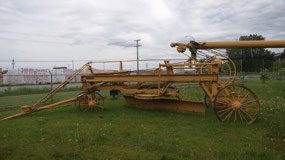
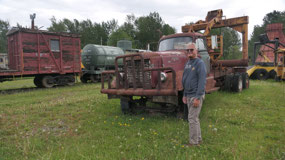
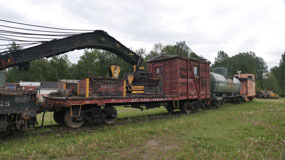
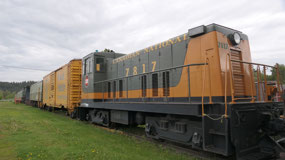
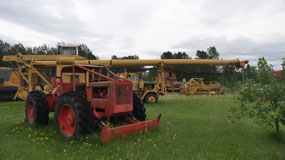
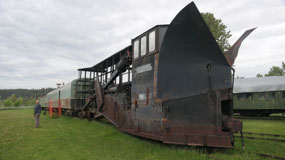
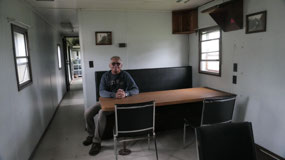
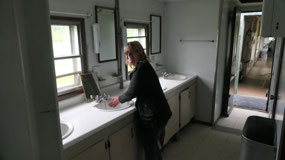
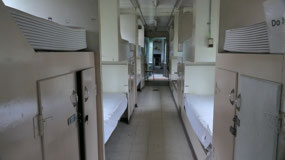
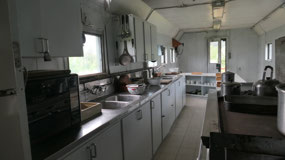
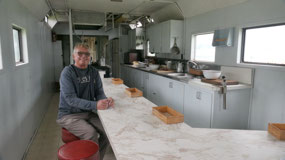
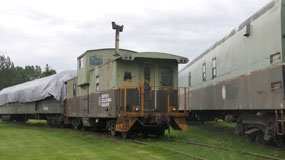
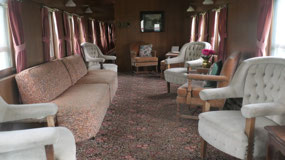
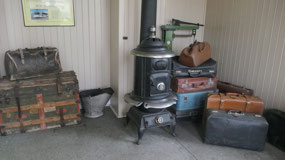
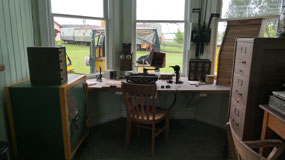
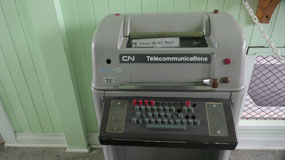
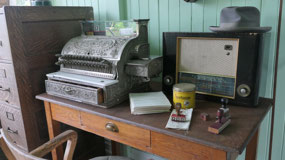
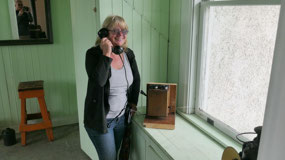

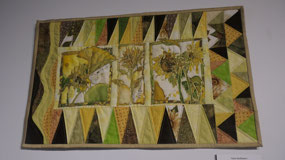
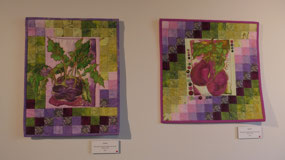
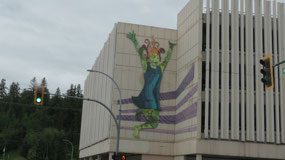
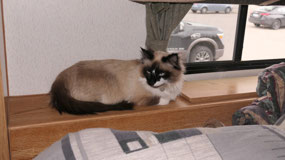
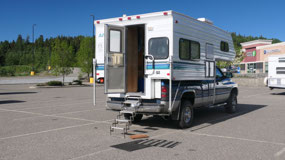
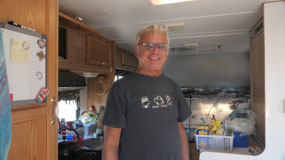
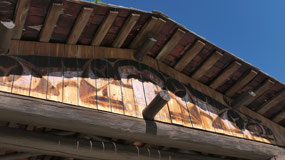
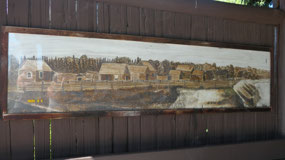
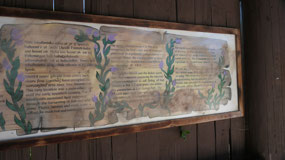
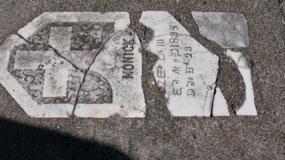
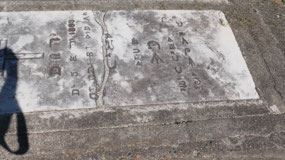
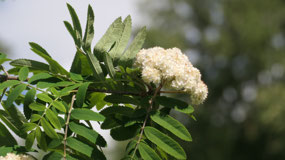
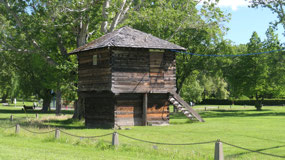

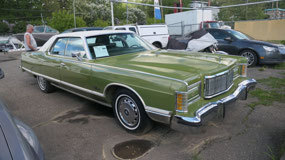
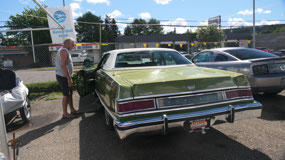
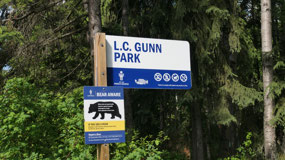
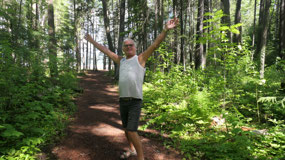
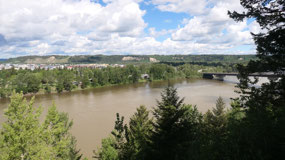
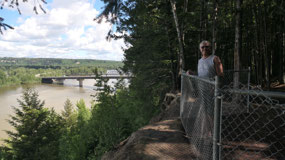
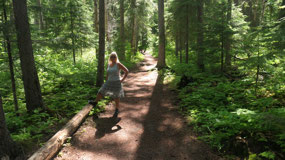
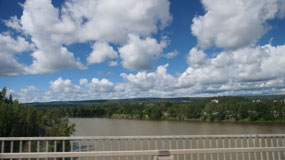
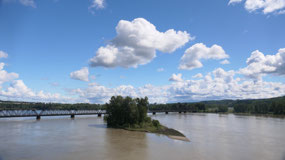
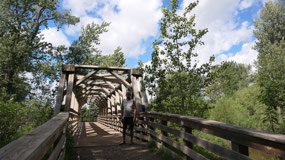

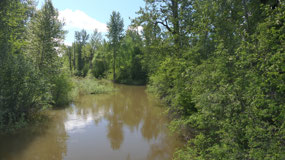
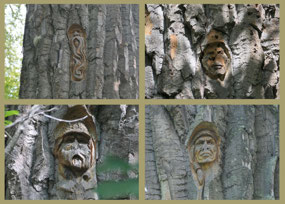
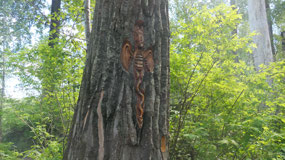

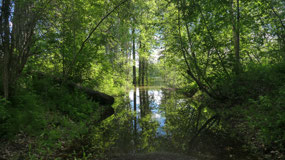
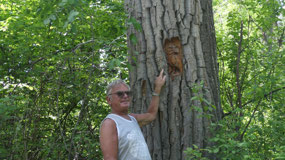
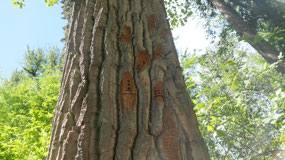
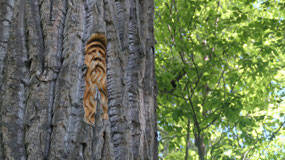
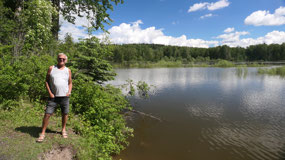
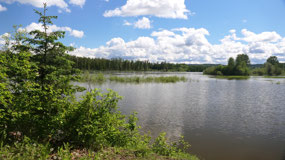
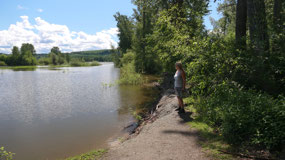
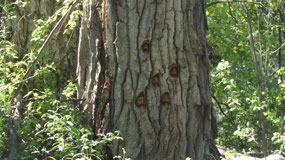
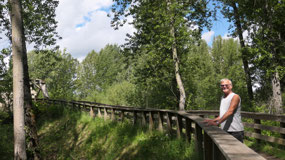
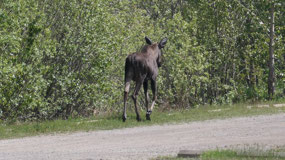
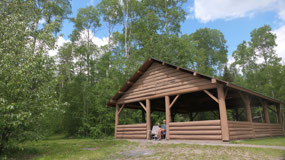
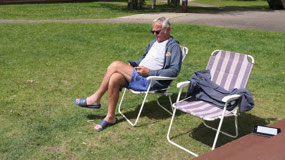
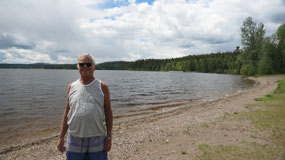
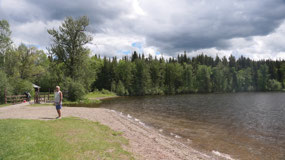

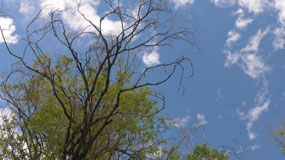

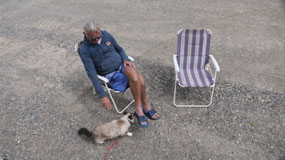
2025-05-22